Walmart Embraces Amazon MCF: A New Era of Cross-Platform Fulfillment for eCommerce
Walmart Embraces Amazon MCF: A New Era of Cross-Platform Fulfillment for eCommerce
Acquiring customers and converting them might be difficult. But what’s more difficult is managing inventory and shipments. However, good planning and a strategic approach can solve the order fulfillment service issues. But the biggest nightmare that cuts into your profits is when you start managing the eCommerce returns and exchanges on marketplaces like eBay, Amazon, or Shopify.
According to the statistics shared by NRF, for every $1 Billion of sales, there is an average of $106 million merchandise returns. It makes recurring returns a daunting thought in itself. However, taking measures to lower your return rate, incorporating return costs into your pricing, and implementing an efficient returns system is the best way forward to it.
In contrast to a 9% return rate experienced with brick-and-mortar stores, online purchases have a return rate of 20%. Many reasons have been attributed to the returns that include sizes, products not as described, defective products also being a contributing factor to it.
Returns management or reverse logistics is the process of facilitating a customer into shipping a product back. In most cases, returns involve four simple steps depending on your customers and the type of merchandise you deal in.
It is the first step that comes into effect when a customer wishes to initiate a return. For a customer, a good return policy means receiving a full refund or replacement for the product.
The next step involves the customer sending the return to the predetermined location. It can be a fulfillment center or an eCommerce warehouse. Depending on your policies, you can decide what to do with the product once it’s received.
The final step is the most important. Once you receive the return, make sure the product you shipped is what you received in the same condition. Once done, process the refund the same day.
Send out the updated order immediately if the customer requests an exchange. Consider marking the restocked item as available inventory if it is applicable for resale.
When customers elect to return their online purchases, most shops choose to reimburse the purchase amount after the return. About 18% allow exchanges, while the same proportion offers a gift card to be utilized later
It is best to offer a 30 days return policy on the goods and merchandise you sell. Moreover, if you put a foot wrong in this return experience, it adds to a bad experience for customers that can lose them in the long run.
Your return policy should be straightforward, concise, and easy to understand. Use a layout that makes it simple to locate your eCommerce return policy on your site.
Open communication about returns before purchase reduces the number of calls to customer care, reducing the overall cost.
Give your consumers a timeframe to return the products as soon as possible. Don’t bury your deadline in the fine text. Instead, make it clear in bold font in multiple places on your website.
A transparent eCommerce returns policy that establishes the time frame in which consumers can exchange/return an item lets your customers know exactly what is expected of them throughout the returns process.
Make sure your retail prices contain a sufficient margin to cover your operating costs. As returns can burn out any revenue on sale items, consider introducing a return policy that restricts anything sold at a discount.
Re-engaging customers becomes essential. A return does not mean your relationship with your buyer is done with. Instead, an impeccable return service that handles the return well can help you convert a shopper into a loyal and profitable customer.
Consumers consider returning a purchase before making a new one. More than 60% of shoppers admitted checking the return policy of an online store before making a purchase based on a study conducted by UPS.
It makes having an excellent return policy a must for sellers as it can convert a potentially harmful buyer experience into a positive one.
When you create an eBay Seller Account, it lets you customize the returns service that suits you the best. You can offer the following through eBay to make your clients’ experience and relationship perfect.
When selling clothes and apparel dependent on size and fittings, you should always offer immediate refunds. It helps you keep the customer happy and contend with the service making them come back to you for a different product or order the same product in a different size.
The return of damaged or missing parts will result in a partial refund if the return is not in the same condition as when it was shipped.
You can simplify the return process by automating the acceptance of returns. Requests for returns are automatically approved when buyers pay for the return of items.
Start offering replacements and exchanges to your customers when variations of the same products are available in different colors and multiple sizes. This will make your buyers feel more comfortable when making their purchases.
You can visit the page to create return rules.
Having made its way around the globe, the pandemic has triggered new loyalty shock trends in eCommerce. The loyalty shock has caused customers to re-prioritize their buying decisions based on budget and convenience.
The pandemic contributed a lot as buyers found numerous new retailers globally. As a result, retention has become very important owing to the shift in consumers’ lifestyles and priorities. Making sure your company has a good return policy can help you in this effort.
When creating a return policy, you need to keep in mind that they deliver a consistent and competitive experience. eBay offers you the option to choose from five return policies to help streamline the returns. The offers include:
No matter how good your products are or how great your handling time is, there is always a possibility of getting returns from your buyers. The best way to head towards it is to create policies and take steps that can be utilized to reduce returns. Also, streamlined and straightforward return policies and rules make the entire process simple and hassle-free for both the buyer and you as a merchant.
The best ways to reduce returns based on the “Item not as Described” claims include the following:
Work on improving the packaging standard. Also, when selling refurbished and used products, inspect them thoroughly for defects and damages. Make sure you list the errors clearly in your listing description.
It’s highly advisable to maintain a checklist for specific products with many parts, as it’ll help you from missing out on including multiple components in a shipment where required.
Do not ship the wrong items as it will lead to an immediate return and a low seller rating or bad feedback from your customer. You need to inspect products closely to confirm all items mentioned in the order are included and are correct.
eBay has a strict policy against sellers listing counterfeit products, fakes, or replicas of brand-name items. Moreover, you should refrain from using brand names and keywords that lead to false buyer expectations.
Make sure your listings contain lots of photos and item details to set the right expectations for your buyers. With photos, buyers can see exactly what they’re buying, as well as any specific details they may need. Additionally, make sure you include the item’s condition.
When you start selling on multiple channels like eBay, alongside your Shopify store, order management, inventory, and product listing become an uphill task. Especially during the festive season, or the 4th quarter, the neverending sales challenge your inventory and product management system while the aftermath of the festive season tests your order management setup.
The best solution to the problem is to manage the entire process from a single location. An integration application like Shopify Integration for eBay lets you sync and process inventory, product details, orders from eBay to Shopify. It becomes a great asset when dealing with returns.
When you receive a return for an order on eBay you do not need to update the inventory for eBay separately, which otherwise could become a cumbersome task with multiple returns each month on both channels.
However, with an integration solution, all the returns irrespective of the channel through which they got sold get streamlined and the inventory is managed from one true location, your Shopify store.
Sellers may not realize they’re losing profits due to returns for some time. Still, they’re incurring inconvenient hidden costs as a result of returns. Recognizing the problem and taking steps to eliminate it are critical.
You should keep in mind the best ways that can help you deal without incurring marginal losses in the transaction when managing eCommerce returns through your Shopify store or marketplaces like eBay, Amazon, Walmart, etc.
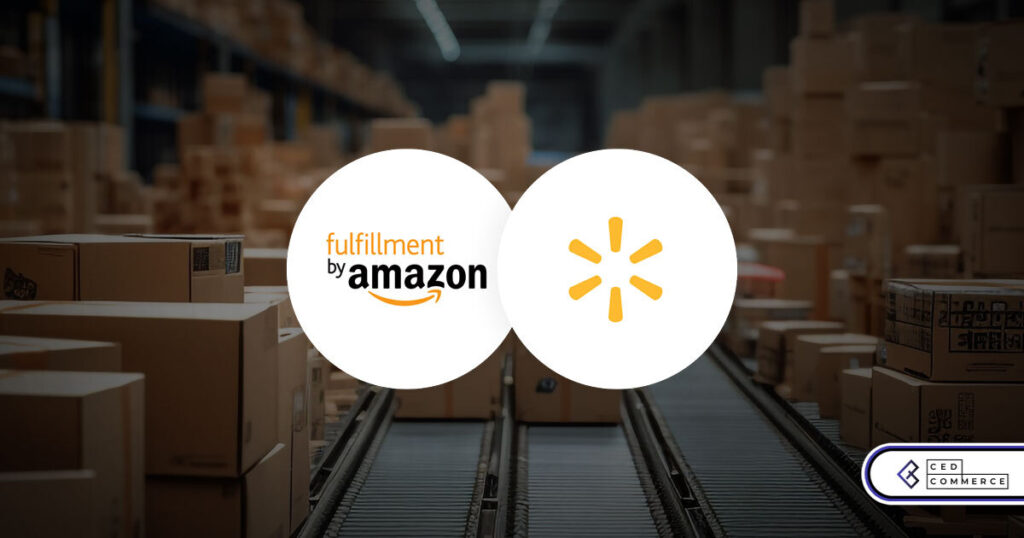
Walmart Embraces Amazon MCF: A New Era of Cross-Platform Fulfillment for eCommerce
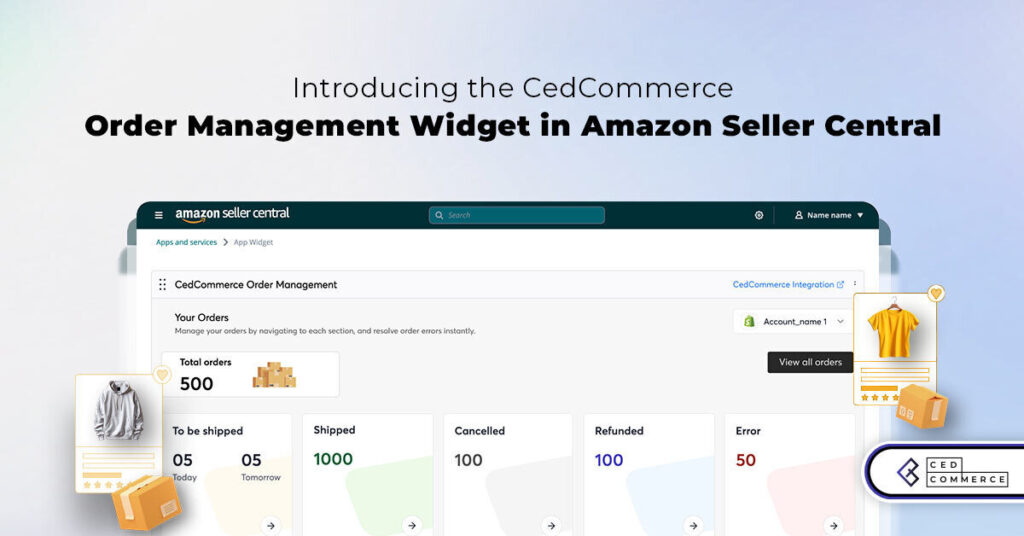
Order Management Redefined: A Centralized Solution for Amazon Sellers
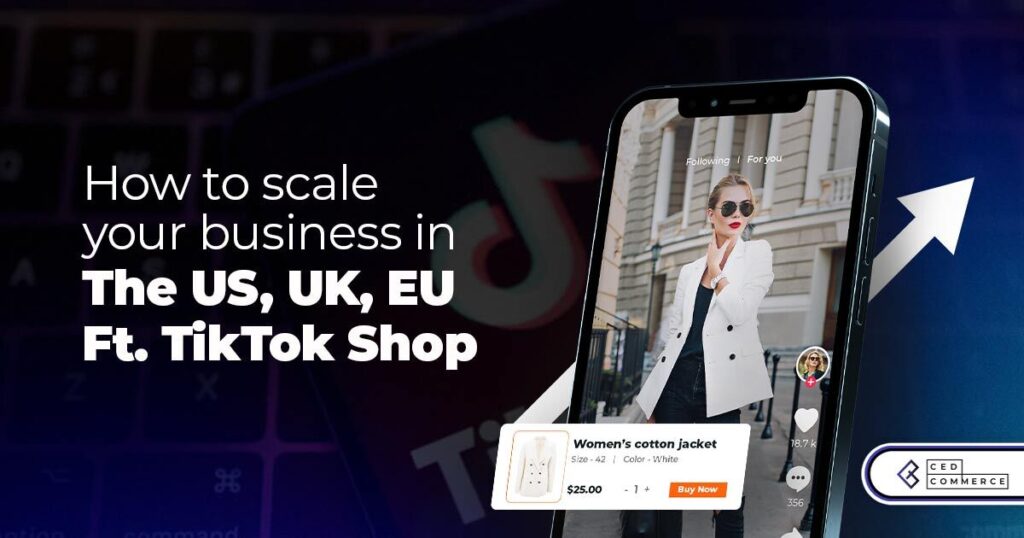
Maximizing TikTok Shop’s Regional Compatibility for US, UK, and EU Markets
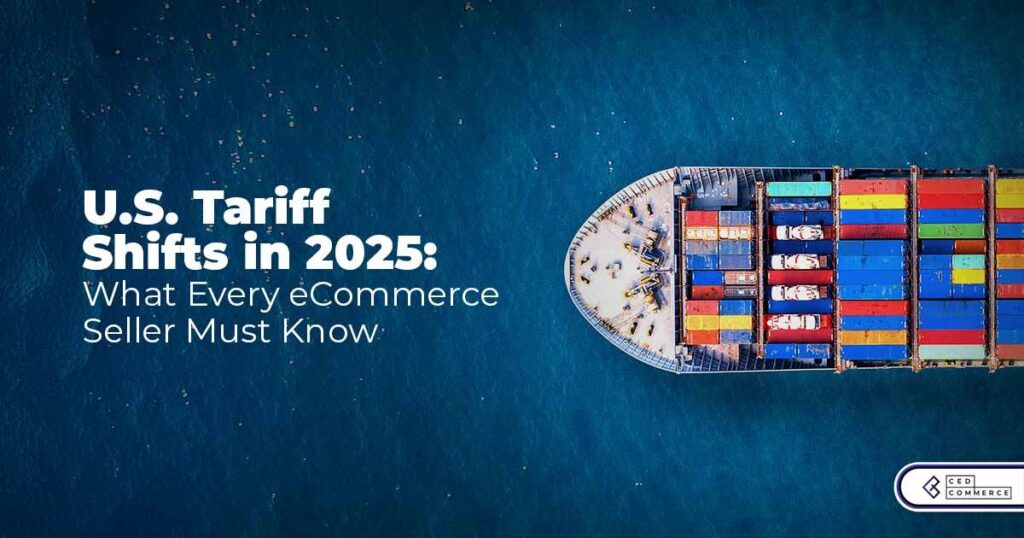
Understanding U.S. Tariffs in 2025: What Sellers Need to Know and Do
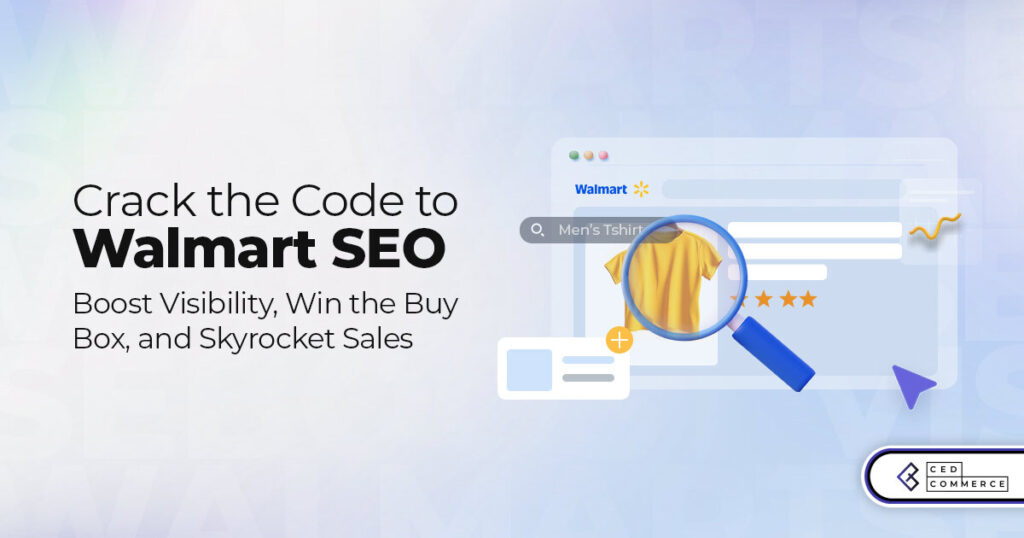
Walmart’s Search Algorithm Decoded: How to Rank Higher & Sell More
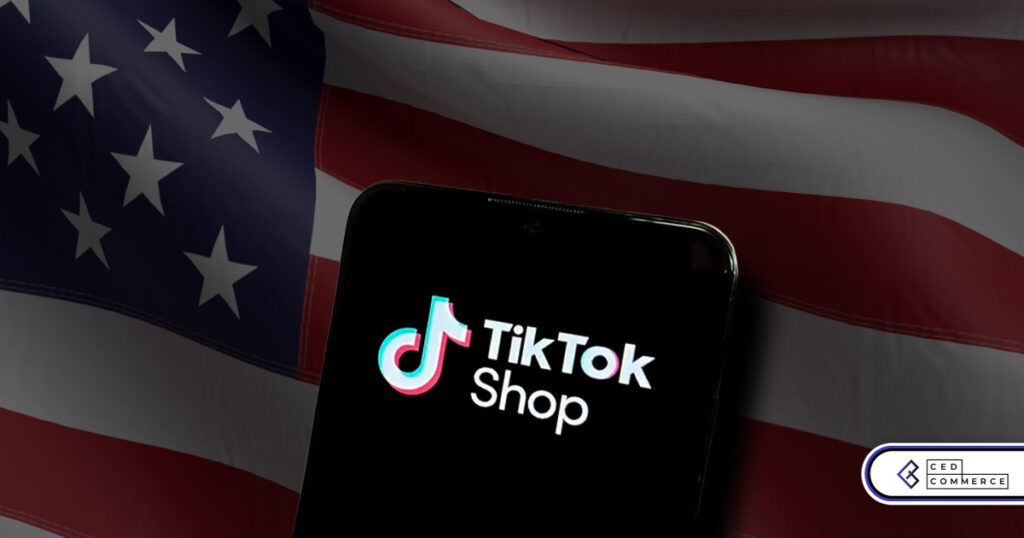
TikTok Gets a 75-Day Reprieve in the USA as Trump Signals Hope for a Deal

TikTok Shop Introduces Category-Based Benchmarks for Product Listings – What Sellers Need to Know

Amazon FBA vs. FBM: Which Fulfillment Method Is Right for You?

Amazon Launches Another AI Tool for Sellers: AI Generated Product Enrichment
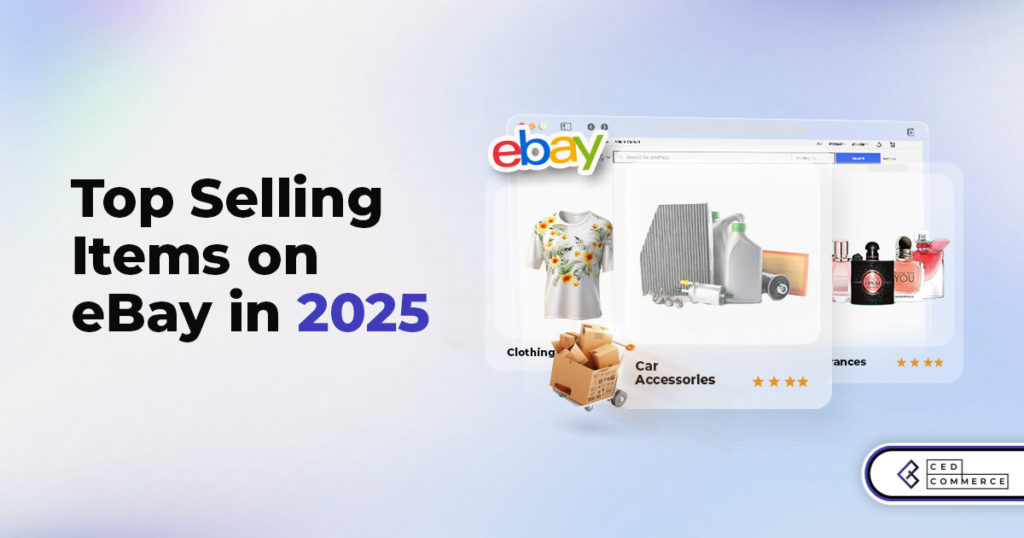
Top 10 Selling Items on eBay in 2025

Amazon launches AI Powered ‘Interests’ Feature to Improve Shopping Experience

Is TikTok Staying in the US? The State of TikTok Ban
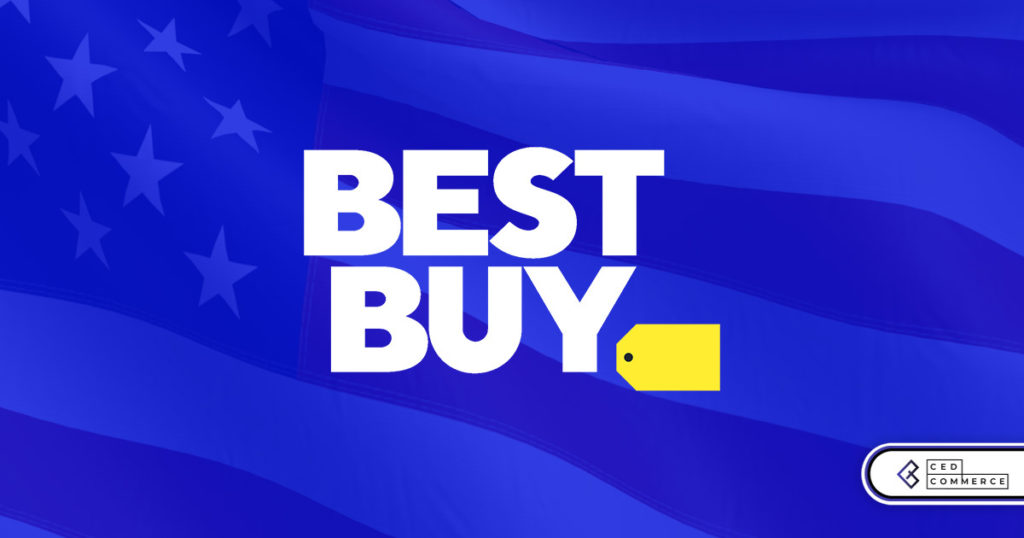
Best Buy coming back to the US, Marketplace Relaunch and New Opportunities in Store!

Miravia PrestaShop Connector: Built for Smart Sellers
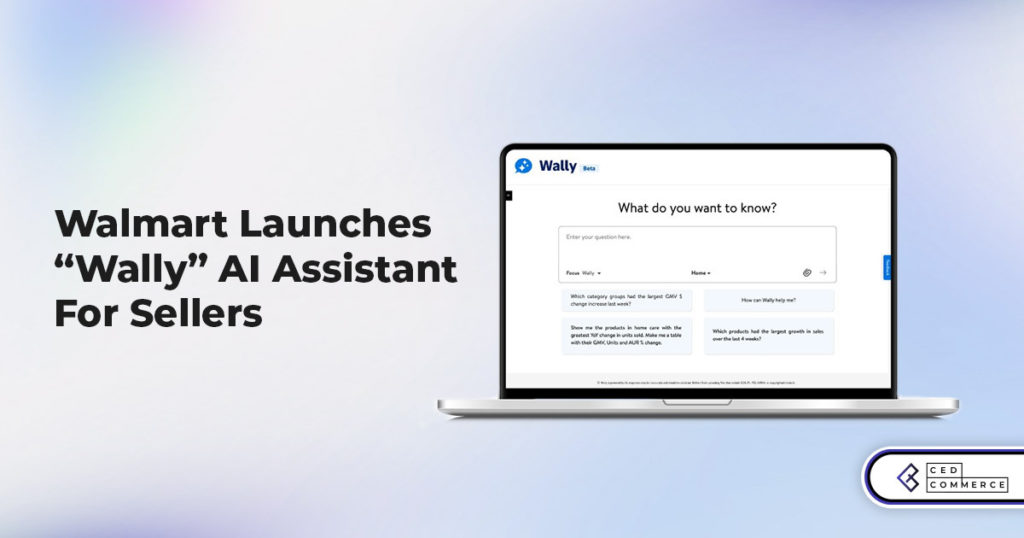
Walmart Launches “Wally”, AI Assistant For Merchants

TikTok Shop to Start Business in Germany, France, and Italy

TikTok Shop Surges as Americans Spend $700 Annually, Defying Regulatory Pressures
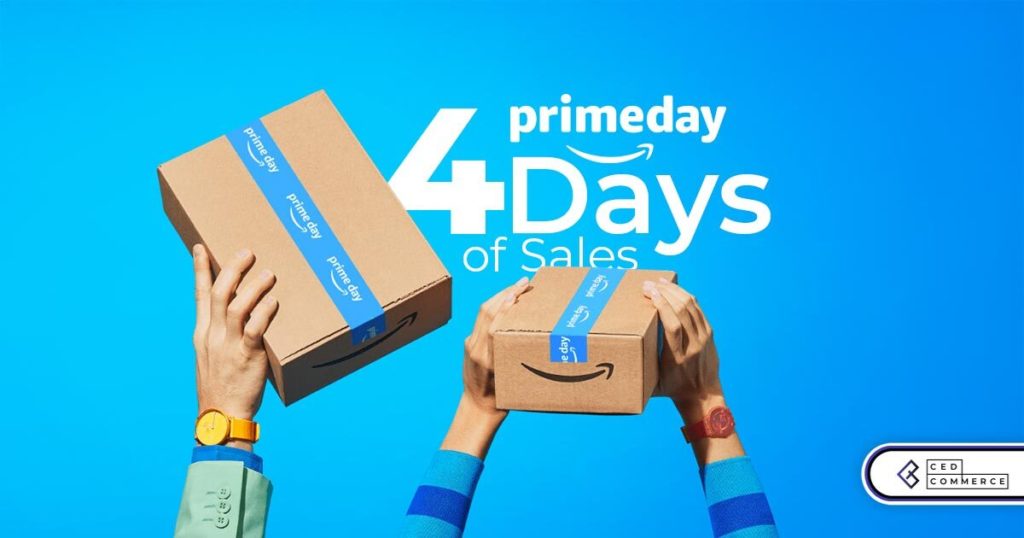
Amazon’s Longest Prime Day Ever: What You Need to Know

eCommerce Growth in the Netherlands: A 5% Surge in 2024 with Bright Prospects Ahead

CedCommerce Launches Shopee & Lazada Integration for WooCommerce on WordPress.com